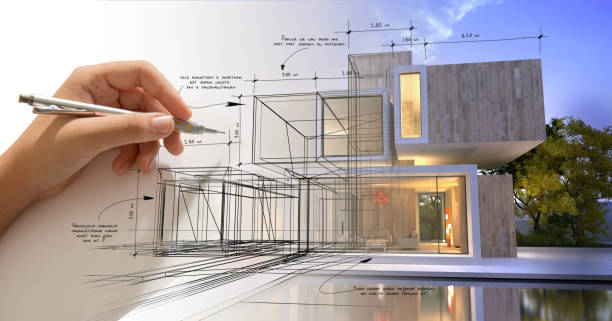Understanding Human Needs – Designing Places People Love to Live In
Designing places people love to live in requires a deep understanding of human needs, preferences, and aspirations. At the heart of successful design is the creation of environments that balance aesthetics, functionality, and emotional resonance. People are drawn to spaces that not only look beautiful but also feel welcoming and supportive of their daily lives. This includes the layout, which should be intuitive and encourage a natural flow of movement. In residential settings, homes should be designed with an emphasis on comfort, convenience, and personal expression. Spaces that allow for natural light, open-air access, and flexible room configurations tend to be more appealing as they support well-being and adapt to the changing needs of residents. Moreover, materials and finishes play a critical role in fostering a sense of connection and belonging, with natural materials often providing warmth and a tactile connection to the environment.

Beyond the physical structure, community design is just as crucial. People want to live in places where they feel connected to their neighbors and the broader environment. Walkable neighborhoods with easy access to parks, local shops, and public services enhance the quality of life. Integrating green spaces and communal areas can create opportunities for social interaction, relaxation, and recreation, contributing to the overall sense of community and well-being. This Outsourced BIM also ties into sustainable design, as eco-friendly features like energy-efficient systems, water-saving devices, and the use of renewable energy sources are increasingly important to modern residents who prioritize environmental stewardship. Sustainable design not only reduces the environmental footprint but also lowers long-term costs, making living spaces more desirable. Personalization and inclusivity are other key elements of designing places people love to live in.
Spaces that offer residents the flexibility to adapt their environment to their personal needs and styles foster a sense of ownership and pride. This can range from customizable layouts to smart home technology that allows individuals to control their living spaces in real-time. Additionally, designs that account for diverse populations, including seniors, families, and people with disabilities, ensure that everyone feels welcome and comfortable in their homes. Accessible design features like wide doorways, step-free entries, and adaptable bathrooms can make homes more livable for everyone, promoting long-term residency. Ultimately, places that people love to live in are those that create a harmonious relationship between the built environment and its inhabitants. It is not just about designing beautiful buildings but about crafting spaces that support well-being, encourage social interaction, and respect the surrounding environment.
Categories
Get more stuff
Subscribe to our mailing list and get interesting stuff and updates to your email inbox.
Thank you for subscribing.
Something went wrong.
we respect your privacy and take protecting it seriously
Recent Posts
- A Shot of Ginger: The Perfect Remedy for Sluggish Mornings
- Strategic Adaptability Defines Success Within Modern Digital Trading Ecosystems
- Timeless Wall Aesthetics Designed to Enhance Comfort and Visual Balance
- Tapping Into Weed’s Benefits for Improved Mood and Relaxation
- Cakes Glow Elegantly Thanks To Edible Glitter